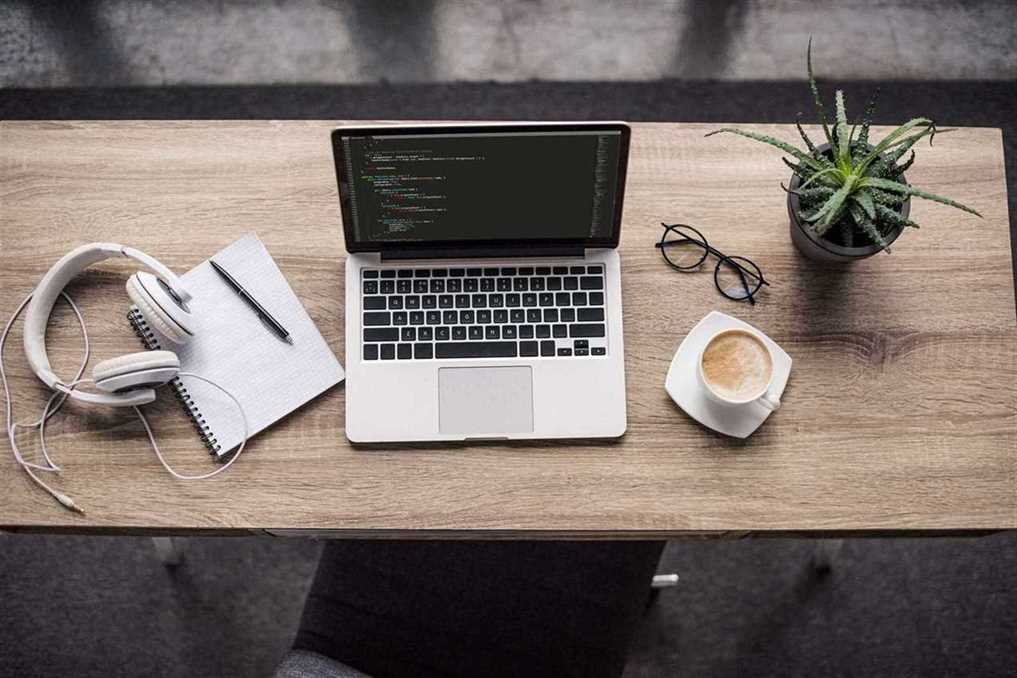By streamlining and automating these processes with blockchain, transactions can be completed faster and more efficiently. Since record-keeping is performed using a single digital ledger that is shared among participants, you don’t have to reconcile multiple ledgers and you end up with less clutter. Blockchain provides the system to accomplish just that, and how to build your own blockchain should be on your list of priorities. Indeed, across sectors and industries, many are already integrating blockchain into their existing infrastructures. Blockchain technology may very well be the ultimate innovation that resulted from the cryptocurrency boom. You should not trust large crypto funds in your hot blockchain wallets.
- Developed with the help of the 4IRE professionals, this game allows players to choose whether they want to use blockchain or not.
- With data breaches, and cyber fraud taking center stage, we have realized how sensitive and crucial our data is.
- Launching a token on an existing blockchain platform like Ethereum can be accomplished with relatively little technical expertise.
- Perhaps one other consideration in choosing a blockchain platform can be whether or not it comes with an API.
- Here, Developcoins provide end-to-end blockchain development solutions for various business industries.
As the technological foundation for cryptocurrency, blockchain has been front and center during the volatile ups and downs of the digital currency age. Yet blockchain has yet to play a prominent role in most enterprises, with only a few established pilot applications and tepid enthusiasm from business. Next, let me briefly explain why we’re using React.js to build our project.
Subaru Joins Toyota In Embracing Tesla’s Supercharger Network
You mainly have three platforms to choose from, including Ethereum, Hyperledger Fabric, and Cardano. The next important question to ask before embarking on a blockchain is whether there are multiple parties involved in taking action in the database. In this tutorial, we used Python to create an ongoing chain of hash-based proof-of-work. Note that the chain only has one block at this point (the genesis block). Feel free to take advantage of the mining function that we built to add more blocks to the chain. So, if you’re ready to create your own blockchain, click here to get started.
Transactions are old fashion Events representing actions within the system. Andrej performs the transfer, but decides to charge an extra 50 TBB tokens for his troubles. He doesn’t want to, BUT the bar shareholders who invested in him a few years ago are forcing him to generate profit as soon as possible. The easiest way to develop CLI based programs in Go is by using the third party github.com/spf13/cobra library.
Delving Deep into Blockchain
If you’ve heard of blockchain, then you’ve likely come across the term ‘smart contracts’. These aren’t your typical legal documents but a crucial part of any decentralized application or dApp. If you’ve ever wondered about the future of the internet, look no further than decentralized applications (dApps).

2/4 Remove the last 2 rows from ./database/tx.db and check the balances again. Hashing is process of taking a string input of arbitrary length and producing a hash string of fixed length. Any change in input, will result in a new, different hash.
Steps to Creating a Blockchain
The process begins by creating new components for each element on your page – from buttons to forms or even whole sections of your layout. Then these individual parts can be combined as needed throughout your application code without any performance overhead – keeping things smooth for end-users. This custom ai solutions process transforms the Solidity-written smart contracts into bytecode for the Ethereum Virtual Machine (EVM) to read. In essence, smart contracts form the business logic behind each dApp – think of them as self-executing contracts where terms between parties are directly written into lines of code.
Blockchain is a great solution when you need to unite parties to do business. Creating a business network, connecting directly with users or fans—any system that requires the sharing of information beyond the borders of a typical office may be right for blockchain. Creating these multi-party systems makes it easier to collect, store, and safely transmit data.
Launching Your Blockchain
Blockchain games are unique in terms of virtual currency use, and they provide an unprecedented degree of transparency and security to the players. Ethereum is a second-generation blockchain technology that provides advanced features such as smart contracts, Proof-of-Stake, and, most importantly, the ability to create decentralized apps (dApps). Another thing to consider is the use of software development kits (SDKs) designed by third parties. SDKs give developers the right tools to create a new game from scratch and allow for the seamless integration of the game into any selected blockchain ecosystem. This solution is most suitable for companies not willing or able to write blockchain codes themselves. 4IRE has provided a detailed description of SDK and other tools that can help design, test, and implement various blockchain applications quickly and easily.

The game uses the Ethereum platform to manage game assets. Such large investments generally align with the current expectations. The good news is that we already covered a plethora of blockchain developer content on our site. The good news is that we have already written a complete tutorial on how to build a blockchain in Python. Also, a blockchain implementation means a lot of changes to how operations work, and that could be too much for employees or the end-users who interact with the system.
Developing Blockchain
These blocks are like tables in the database, but they can’t be deleted or updated. The unique architecture of blockchains like Ethereum or ThunderCore allows them to serve as both the processing layer (through smart contracts) and the storage layer. But this approach has its challenges – notably performance overhead due to limited scalability and high transaction costs. DApps bring several benefits compared to their centralized counterparts.
Initial Coin Offerings (ICOs) have been quite popular in the past. However, as time has gone on, regulations have gotten much more strict, and aren’t available in many jurisdictions now. Venture Capital and angel investors is another route you can explore, although those also have potential drawbacks.
How to Build Your Own Private Blockchain
To be on the safer side, you should keep a small number of your cryptocurrencies in your online wallet. While you should store the bigger portion of your crypto funds in a hardware wallet like Ledger Nano. Before the cryptocurrencies and wallets, cross border payments were very expensive. Now you can make cheaper and instant cross border payments in crypto via your blockchain wallet. You must have heard the famous line “Not your keys, not your crypto”. Understand the importance of consensus algorithms that ensure that each user in the network has a copy of the same ledger.
Is building dApps profitable?
This will help you install the dependencies required for the project. To make the private blockchain run on your machine, you need to install the Node Package Manager. Here’s a guide to dApps development that can you understand the mechanisms behind creating a new decentralized application. JP Morgan’s “Quorum” is one such blockchain use case that requires authorization. First, we define our web application and create a local blockchain.
Founder of Ares Corporation, and I’m here to bridge the gap between old-school traditional businesses and Web3. DApps can be profitable if they meet a market need or provide value to users. The cost varies greatly based on complexity and the developer’s rates. Simple projects might be less than $5k; complex ones can exceed $50k.


